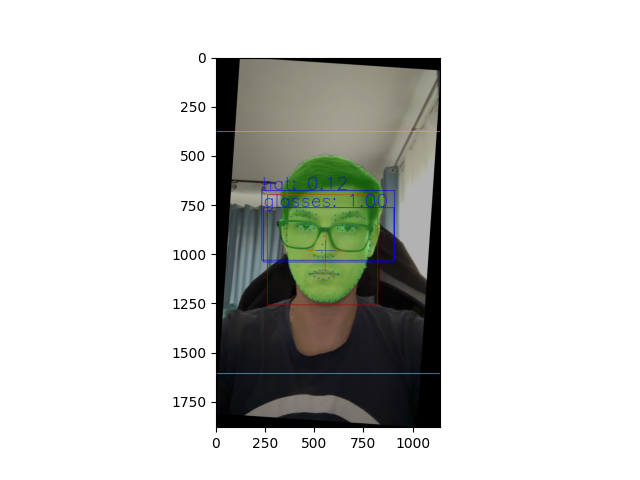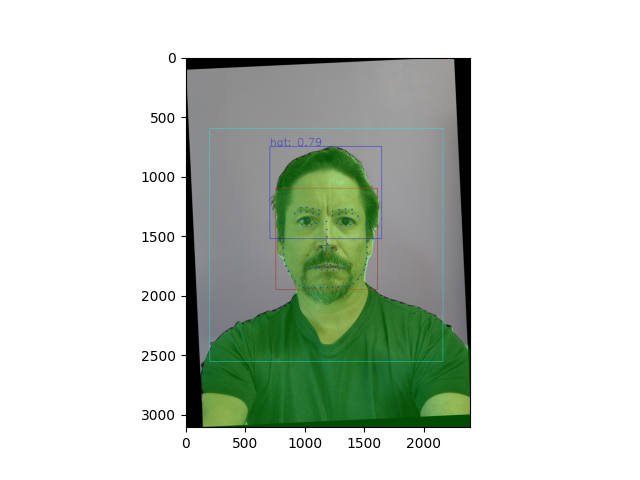Ensuring compliance with passport photo standards was challenging due to variations in user-submitted images. At GovPlus, I leveraged computer vision and deep learning to automate passport image processing. The AI-powered pipeline detected, aligned, cropped, enhanced, and validated images to meet strict regulations. Key techniques included landmark detection, geometric alignment, background segmentation, and AI-driven quality checks. This approach reduced manual effort, improved compliance, and enhanced user experience. Future improvements were planned for real-time feedback, adaptive enhancement, and support for other biometric documents, aiming to make identity verification more efficient.
Challenges in Passport Image Processing
Traditional passport photo requirements impose strict guidelines on:
- Head positioning and alignment
- Facial expression neutrality
- Lighting and background uniformity
- Minimum and maximum resolution constraints
Users often submit images that fail to meet one or more of these criteria, necessitating automated corrections while ensuring the final output adheres to passport standards.
The AI-Powered Pipeline
To construct a high-quality, compliant passport image, our pipeline consists of the following key steps:
1. Face Detection and Landmark Localization
We employ a deep learning-based face detector, ensuring robustness across various input conditions. Once detected, key facial landmarks (such as the eyes, nose, and mouth) are identified to facilitate alignment and cropping.
The face detection step is represented as:
\[\text{FaceBox} = f_{\text{detector}}(I_{\text{input}})\]Here,
- ( f_{\text{detector}} ) denotes the model responsible for bounding box extraction and landmark detection.
- ( I_{\text{input}} ) is the original input image.
2. Head Alignment and Geometric Normalization
Using the detected landmarks, the face is geometrically aligned to a frontal position. This involves affine transformations to standardize head tilt and rotation.
The aligned image is computed by:
\[I_{\text{aligned}} = f_{\text{align}}(I_{\text{input}}, \text{landmarks})\]Where ( f_{\text{align}} ) applies a transformation matrix derived from eye and nose positioning.
3. Smart Cropping and Background Handling
We dynamically crop the image to match passport specifications, ensuring appropriate head size and positioning. If the background does not meet compliance (e.g., uneven lighting, shadows), automated segmentation replaces it with a neutral white or gray background.
4. Image Enhancement and Quality Assessment
To meet government resolution and clarity requirements, we apply:
- Color correction to normalize skin tones under different lighting conditions.
- Noise reduction and compression handling to retain quality while reducing file size.
A final AI-driven compliance check ensures that the constructed image meets all specifications before approval.
Results and Impact
By automating the passport photo processing pipeline, we achieved:
- Higher compliance rates with government standards.
- Reduced manual intervention, making the process faster and more scalable.
- Enhanced user experience, allowing non-expert users to submit images that are auto-corrected without requiring retakes.
Our solution is designed to scale globally, adapting to different country-specific passport regulations while ensuring a seamless, automated experience.


Future Improvements
While the current system performs well under diverse conditions, future enhancements will focus on:
- Real-time feedback during image capture, guiding users to take compliant photos before submission.
- Adaptive enhancement models, improving results for low-light or low-resolution inputs.
- Expansion to additional biometric document formats, including visas and national IDs.
Conclusion
GovPlus is setting new standards in automated passport image processing, ensuring compliance, efficiency, and user accessibility. With AI-driven solutions, we make high-accuracy passport image construction effortless, bringing precision and scalability to a traditionally manual process.
This work represents a step forward in AI-assisted identity verification, demonstrating how deep learning and computer vision can streamline bureaucratic processes without compromising quality or compliance.